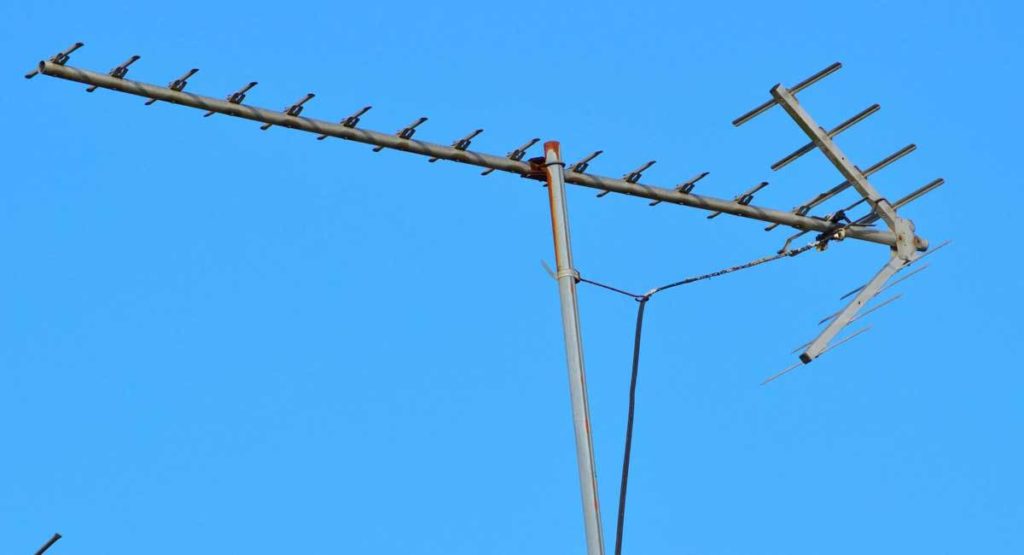
TV Antennas are very delicate in their operation. They need to be aimed at the perfect direction for the best output otherwise even a cm misplacement can cause signal disturbances in your television. And aiming the antenna in the right direction for most signal input is not an easy task.
Many people struggle with this often. They have to put a lot of effort into placing their antenna and aiming in the perfect direction. However, after reading this article on how to aim a tv antenna, you will get the perfect idea of placing your Tv Antenna.
Table of Contents
Is It Legal To Put An Antenna On Top Of The House?
There are no federal laws restricting homeowners from installing an antenna, however, some states and localities may have additional requirements, so make sure you check first with your local authorities.
There are no federal laws restricting homeowners from installing an antenna, however, some states and localities may have additional requirements, so make sure you check first with your local authorities.
Indoor Antenna or Outdoor Antenna?
There are two types of TV antennas, mainly indoor and outdoor. Amplification or non-amplification features can then be applied to the two types of antennas.
There are three factors that determine what kind of antenna you should install:
- Your home’s location
- The distance between you and a transmitting tower
- Where you want to place your antenna
As a general rule, it is better to place your antenna higher if you wish to receive better reception.
Installing the connection at least 30 feet above ground level is ideal. Getting an outdoor antenna will give you this height.
On the other hand, if you plan to use an indoor TV antenna, you can select between amplified or non-amplified antennas.
- An amplified antenna is ideal for remote signal towers because it has an integrated signal booster.
- Non-amplified antennas do not feature a booster. In order for you to install this, you must live near a tower.
In general, you need the amplified version if you are beyond a radius of 30 miles from a broadcast tower. Climate is another factor to consider.
1. Placing The Antenna
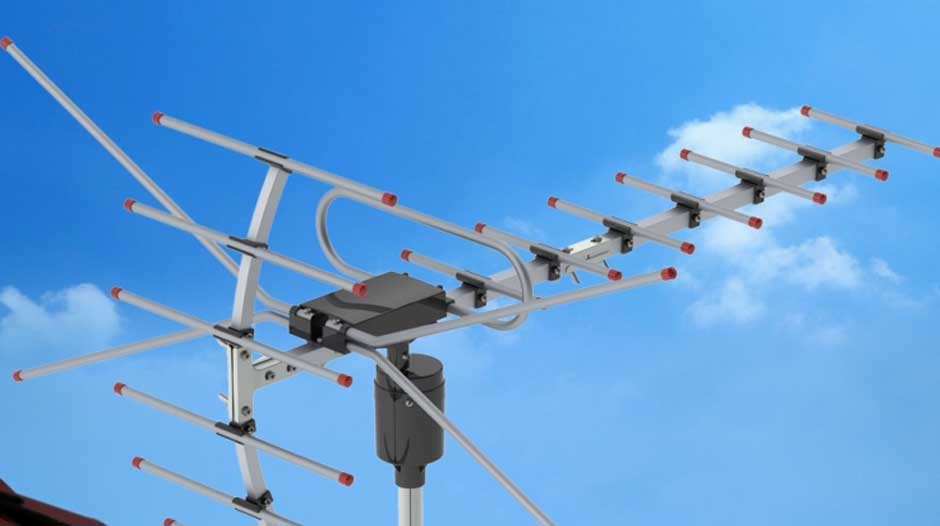
Getting the most channels and a good picture resolution depends on where you place your antenna.
A rooftop is an ideal place to install a rooftop antenna. Rooftops receive the best results since they provide the best views. One negative point is that outdoor antennas occupy more space than indoor ones.
If your TV is still connected to the antenna, then you can place it almost anywhere in your house as long as it is still connected.
No matter what kind of installation you choose, there should be nothing metallic or large surrounding the antenna. Signals can be deflected by some of these objects.
Signals are picked up and sent by antennas by their inclination to prefer one direction over another. In other words, find the right direction to aim at so that you can maximize the benefits from your antenna.
2. Aligning The Antenna
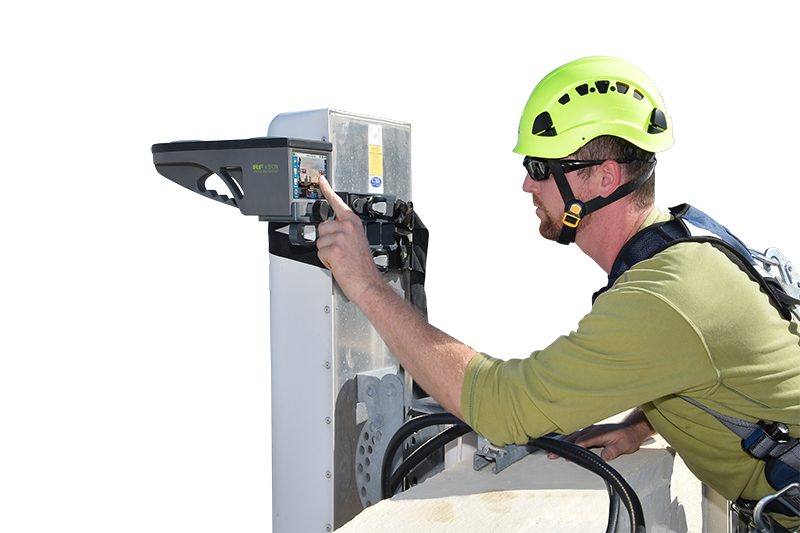
You may think that aligning a TV antenna is an easy task. But, it is not easy to move the antenna, as the television receiver is usually well away from the antenna.
When only one individual is present, making simple adjustments between the antenna and the receiver can take a while. This makes even small adjustments difficult. And even when two people are available, it can still be challenging.
Antenna alignment can be achieved in a number of ways:
3. Use Smartphone App

The antenna can be oriented towards the television transmitter using several smartphone apps. Android and Apple iOS users have a good selection of programs.
Most of the apps list the TV antennas with their locations and then they use location services and orientation software to direct TV signals in the correct direction.
However, the nearest station may not always be the best, so a list of nearby stations is typically provided
If the mast of the television transmitter is not directly visible, this method may not work as well because the reflection of the television signal used may interfere with detection.
Objects such as buildings and hills could bounce off of them. Therefore, it is crucial that all options are pursued in order to ensure good signal quality and picture clarity.
4. Signal Strength Meter
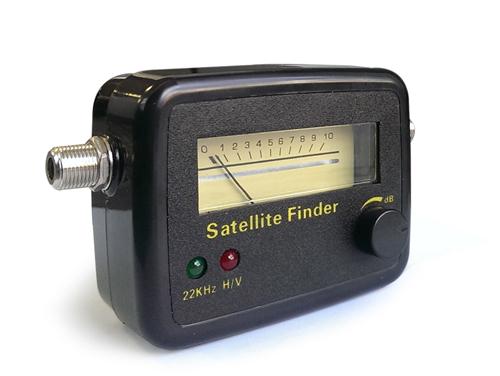
You can also use several low-cost TV antenna alignment meters or signal strength meters. If the cable to connect to the meter can be accessed, one can align the antenna right at the antenna point with this antenna alignment signal strength meter.
The meter measures the signal strength across the entire TV spectrum and is generally very basic. Usually, they display a basic indication of signal strength on a set of LEDs and are just a simple analog RF signal strength meter. A strong signal can be obtained by orienting the antenna in this manner.
These antenna alignment meters are fundamentally very accurate. But due to their wide bandwidth, they can pick up other signals as well and give false readings. Despite the limited sensitivity, however, they can be used with some intuition.
Remember to check whether the cable or satellite TV antenna alignment meter is for satellite or terrestrial TV antenna alignment before investing in one.
There is a requirement for different alignment meters since the signals from these two transmission types operate at vastly different frequencies. However, it is not uncommon to find TV antenna alignment meters that can be used for both satellite and terrestrial connections.
Some Tips For Aligning TV Antenna
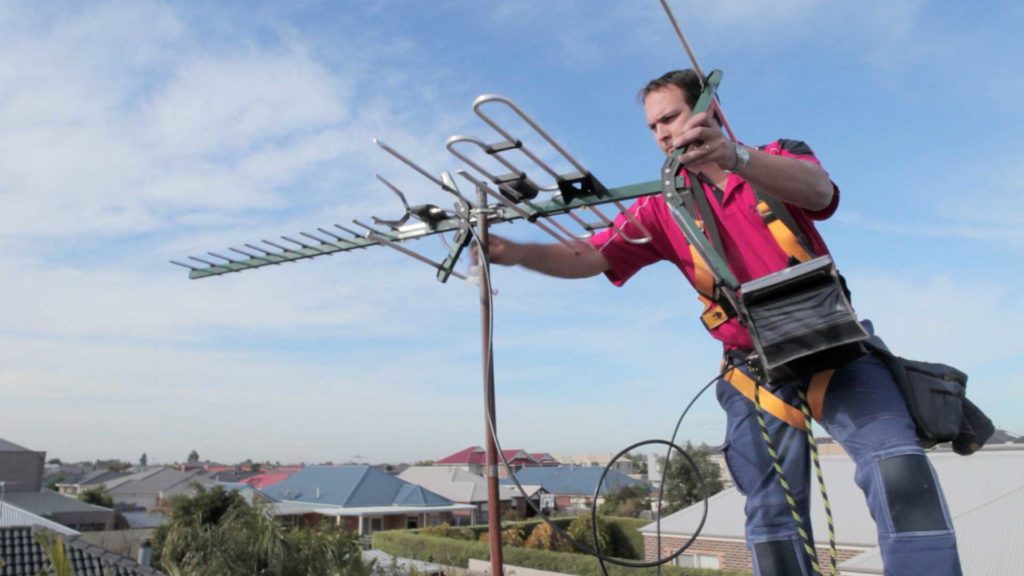
There are a few additional tips that may assist in getting the best performance from the TV antenna besides the basic techniques.
1. TV Internal Meters Shouldn’t Be Relied On
The TV antenna alignment meters provided with some television models are beneficial for measuring signal strength and for fixing alignment issues.
The way this is done can be misleading in some instances even though it can provide an indication of strength. There is always the option of relying on an external antenna alignment meter in cases of difficulty, especially if it is possible to use it at the antenna itself.
2. Use Good Quality TV Antenna Cable
Cables for TV antennas do not all have the same quality. An antenna cable will always have some loss, but this should be minimized, especially in areas with low signal levels due to transmission distance or shielding from buildings, hills, etc.
There is almost always a greater loss with cheap coax and a higher likelihood of interference. There are many ways to introduce loss into a fly lead. It may not be wise to buy cheap fly-leads from supermarkets here.
For a short duration, some have shown measurable levels of loss. When you do the best you can, you will be assured of a good performance.
3. Alignment And Placement Are Equally Important
An antenna’s position is often just as important as its alignment, if not more so. The location of the antenna depends on many factors, such as the terrain, trees, buildings, and interference.
An antenna mounted externally may not have many options for placement.
Local obstructions are more likely to affect internal antennas, but there are also often more options in terms of their location. You should ensure that the direct line from the TV transmitter is unobstructed by anything on the roof, such as water tanks.
If in doubt, check the antenna alignment and performance with a signal meter after connecting directly to the TV transmitter.
4. Check Polarisation
Aligning an antenna with respect to polarisation is crucial. The signal will not exist if the polarisation is 90° off. Antenna elements’ polarization mirrors that of the signal they are receiving.
The elements of the antennas are most often horizontally polarised, but some are vertically polarised.
5. Stay Behind The Antenna
Don’t get too close to the antenna when making any adjustments. Antenna performance can be affected by people standing close to it.
Other things can impact the antenna, including reflections, proximity capacitance effects, and absorption. The best place to stand is probably behind the antenna rather than in front of it.
If any movement makes the signal meter reading fluctuate too much, make sure to tighten the fittings. Lastly, you should check the antenna’s signal quality from far away.
6. Adjusting For The Best Signal
Television is increasingly being broadcast digitally, but there are still some analog transmitters. These analog signals can often display patterning caused by reflections or other sources.
An antenna can be aligned in such a way that interference signals are minimized and desired signals are maintained. Analog signals can also produce ghost pictures when the reflected picture is delayed slightly, resulting in a second ghost picture.
Final Words
Antennas are a great way to watch our favorite channels at the most affordable costs possible. Initially, setting up an antenna may look like a sturdy task but when done, it will provide you with great entertainment in the long run.
Don’t forget that these antennas need to be looked after from time to time because they are prone to get damaged in harsh weather conditions. If your Antenna is damaged then you need to replace it. So, you can visit this article on how to aim a tv antenna again.
